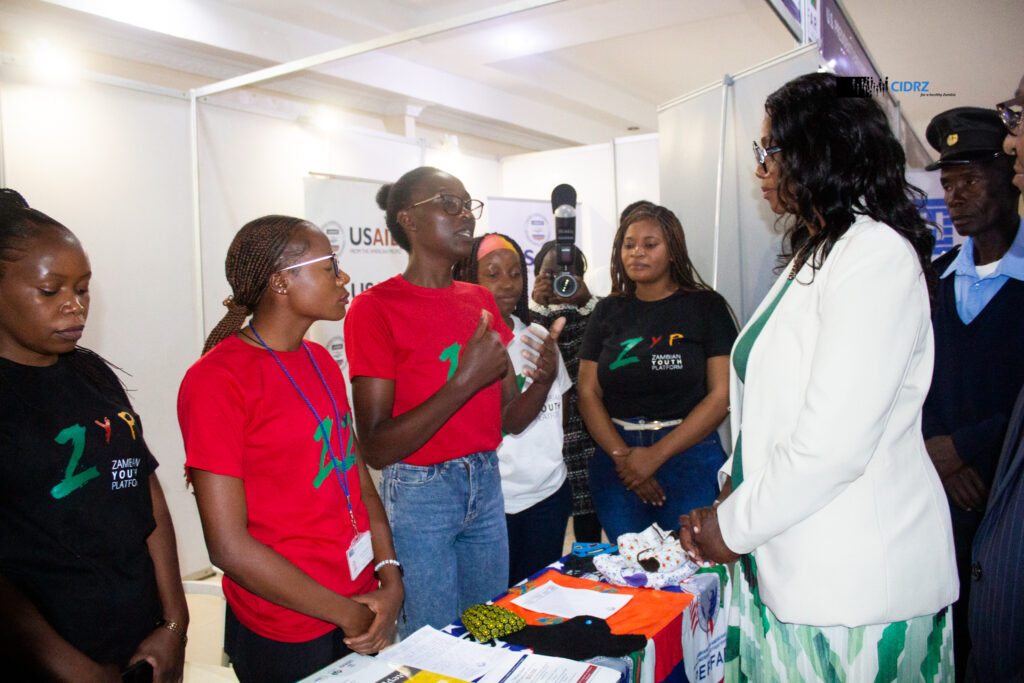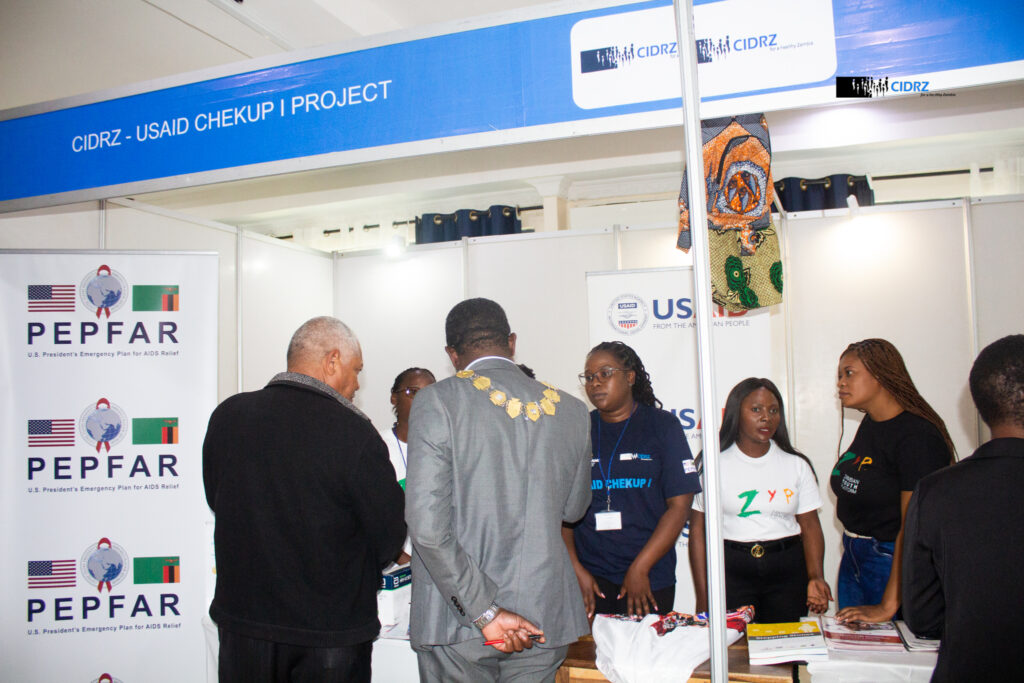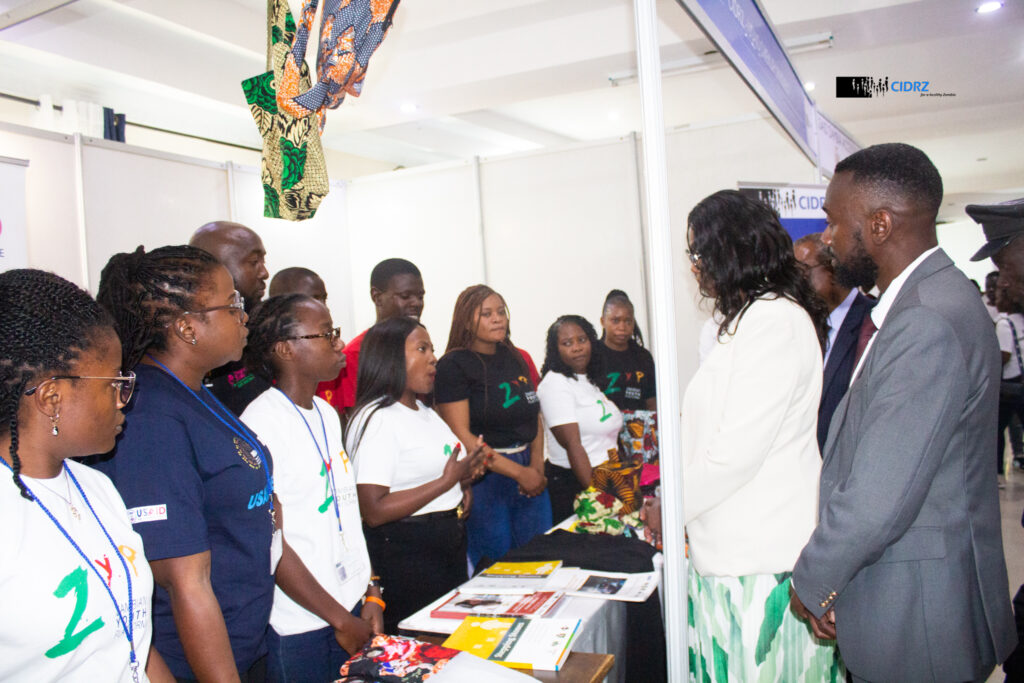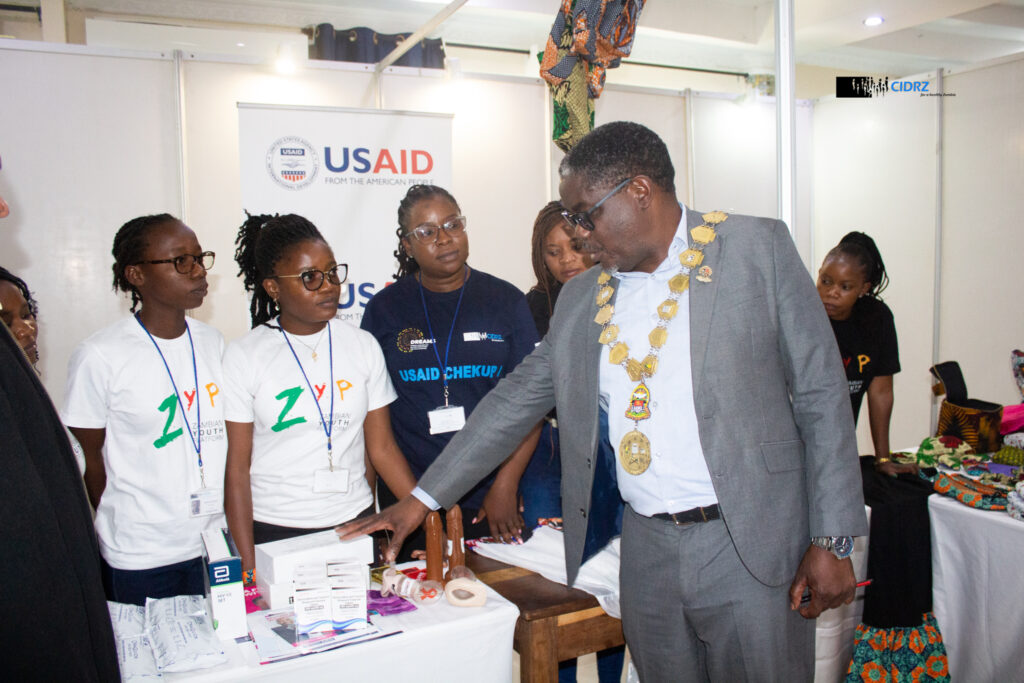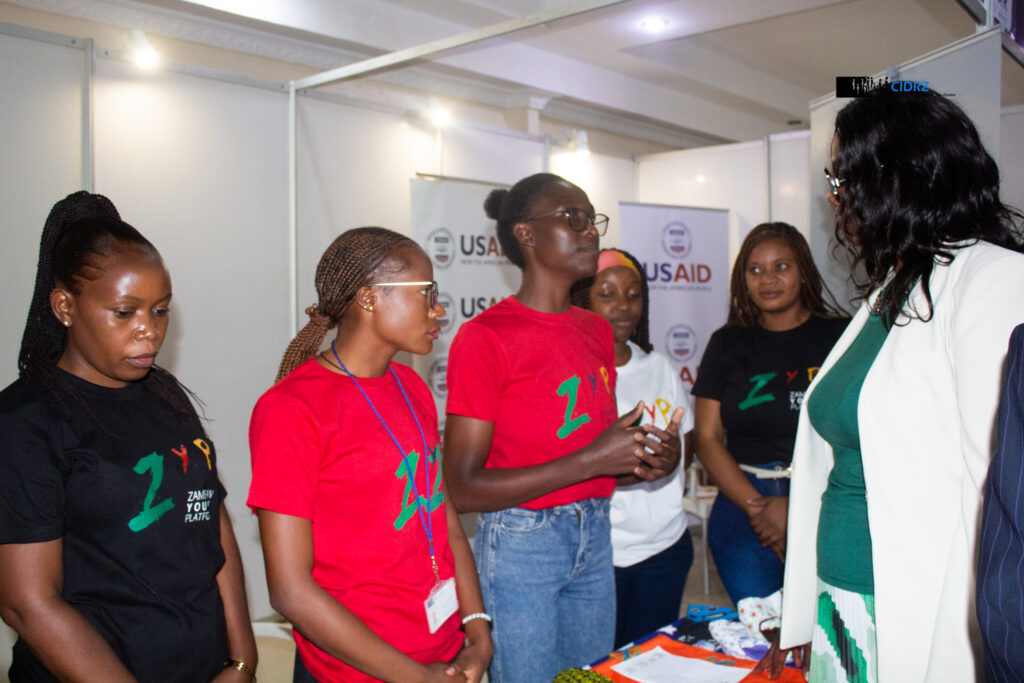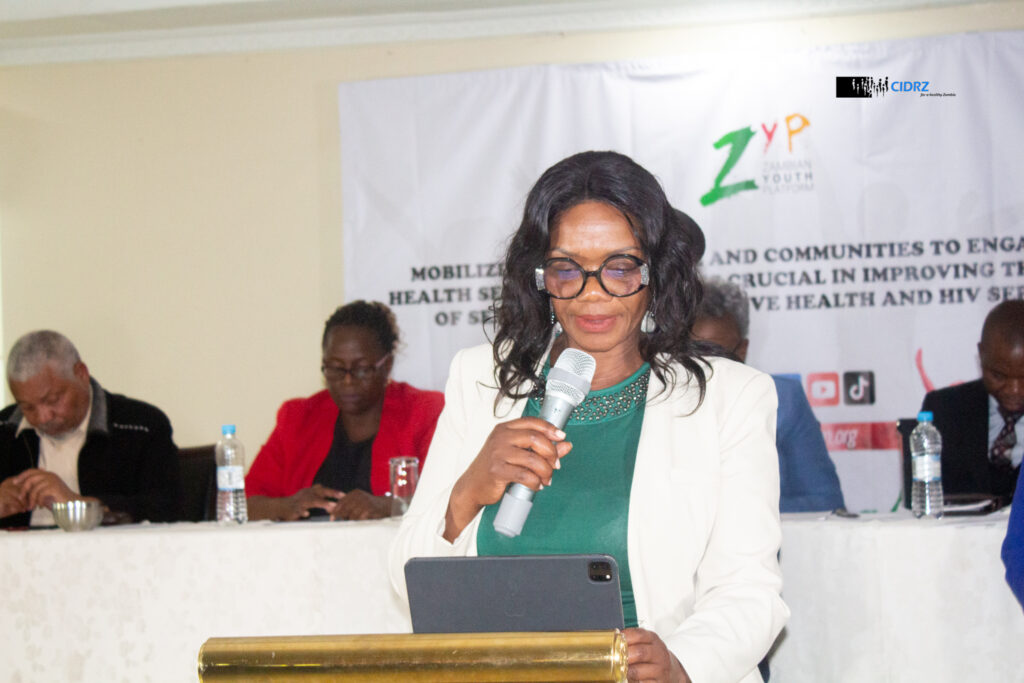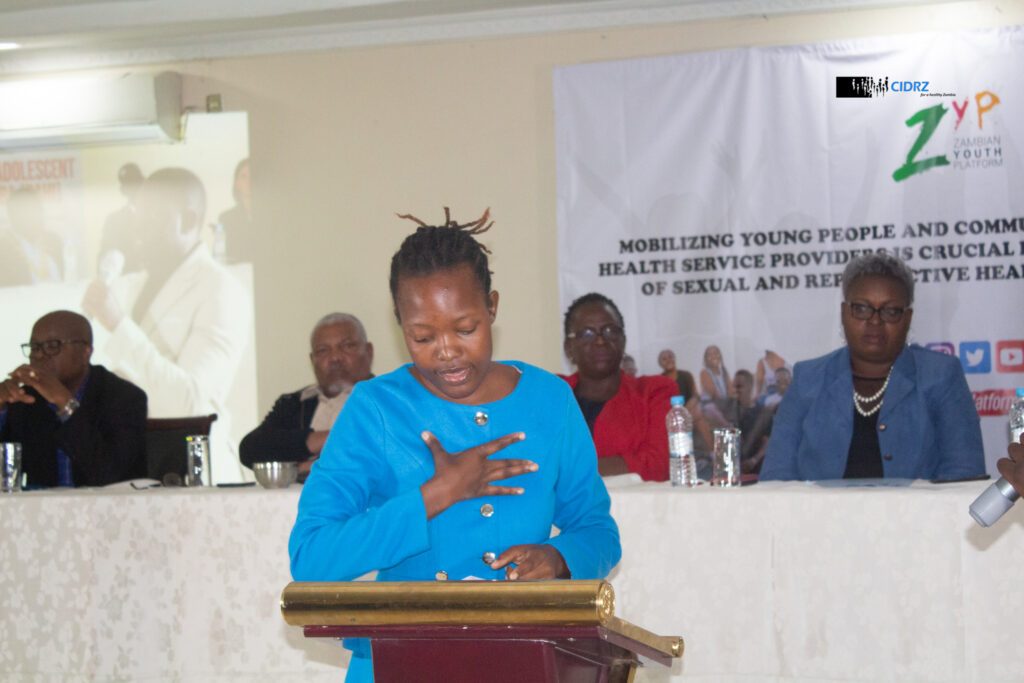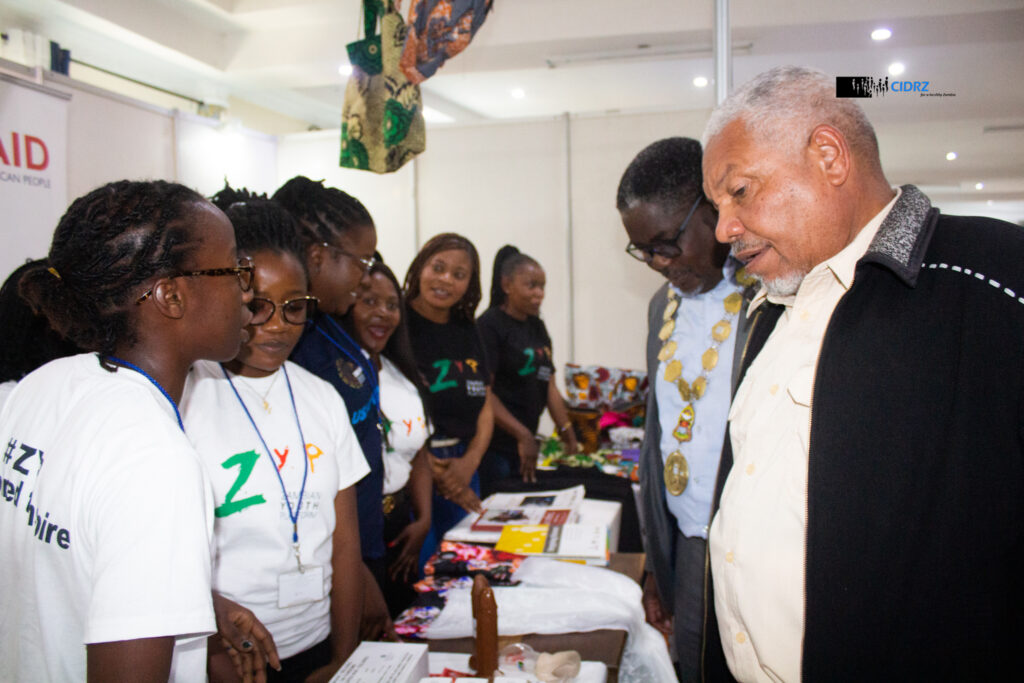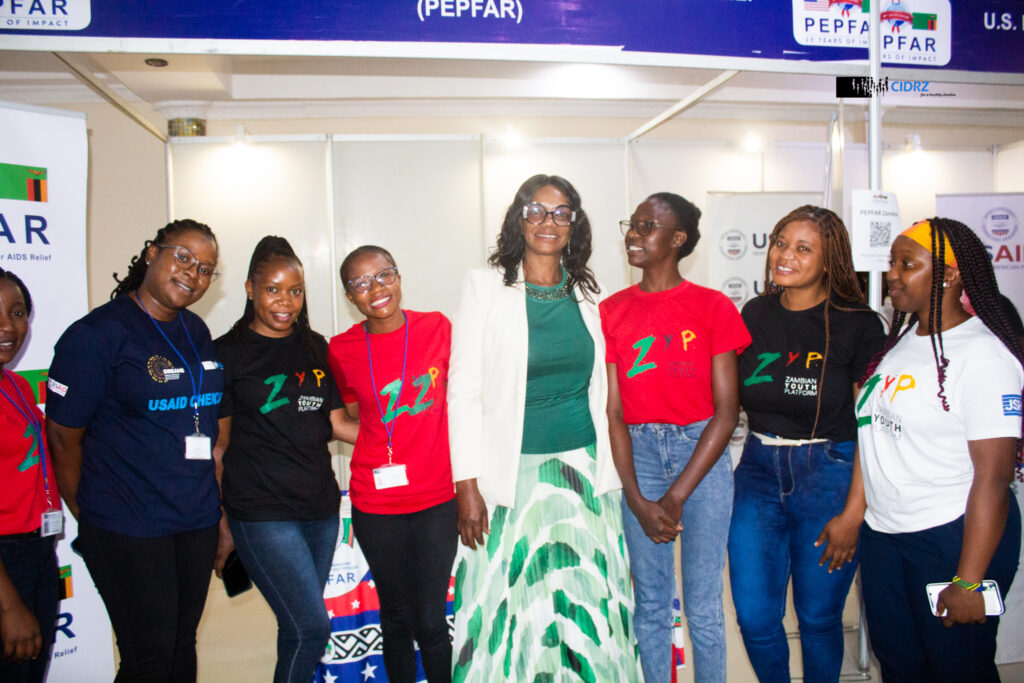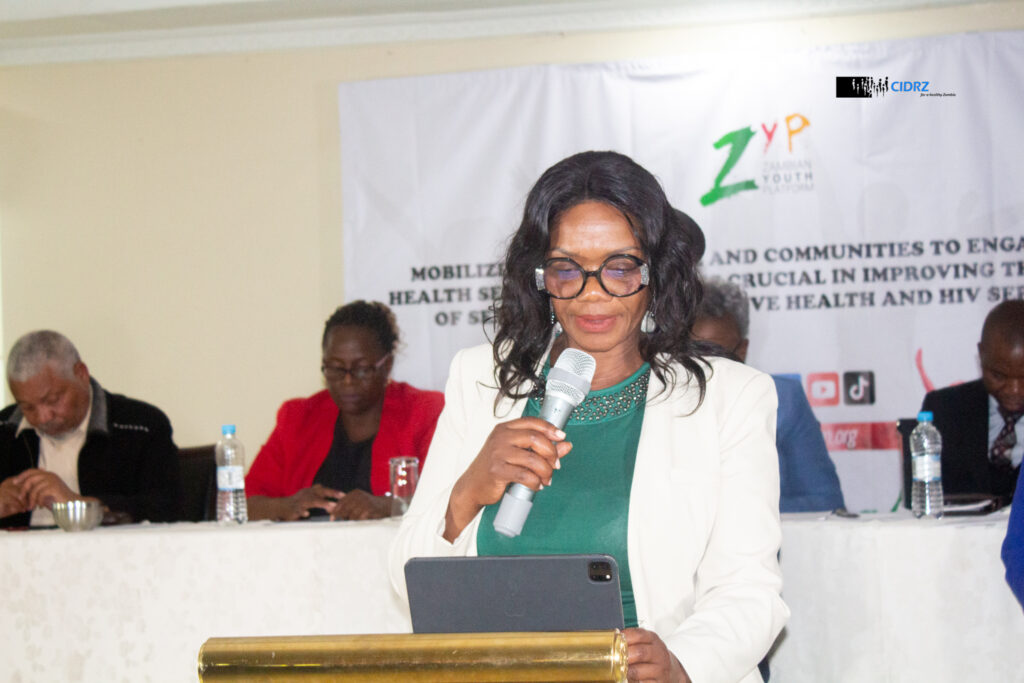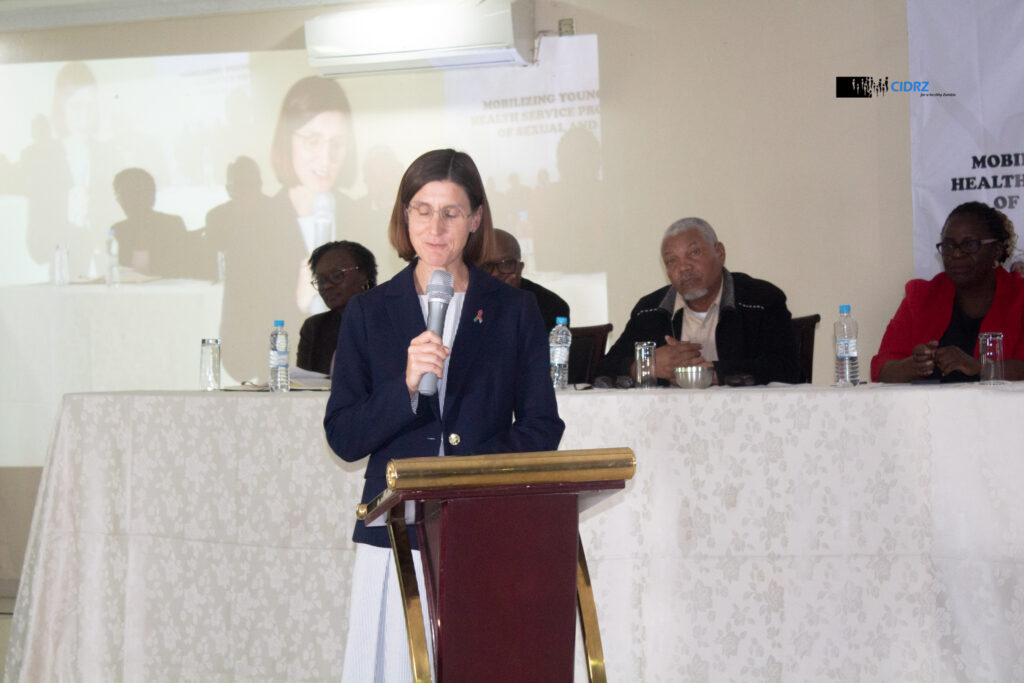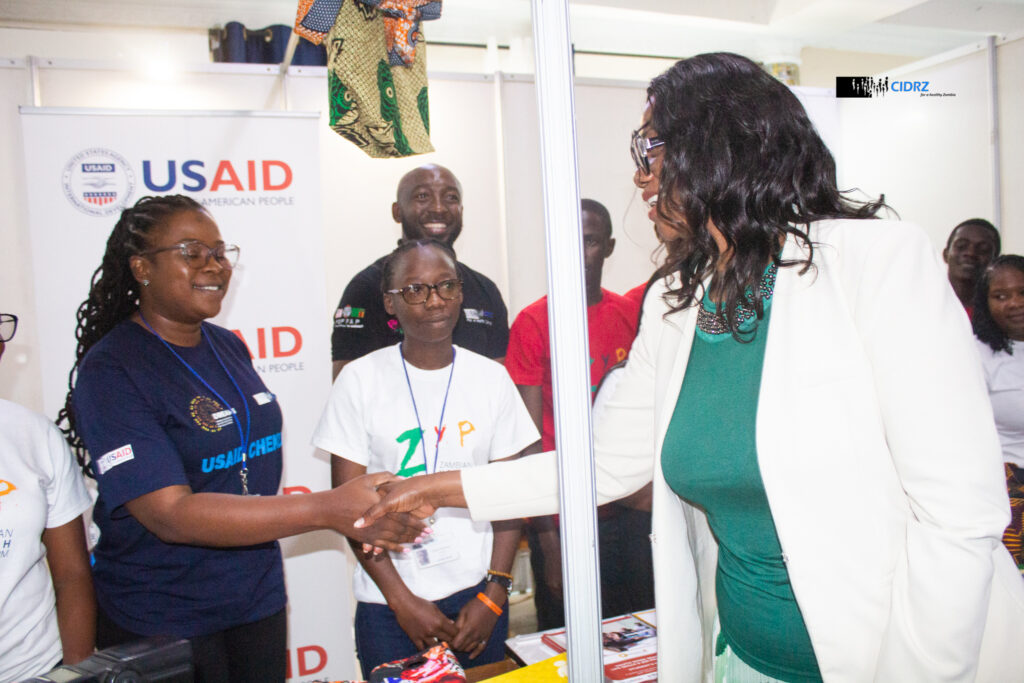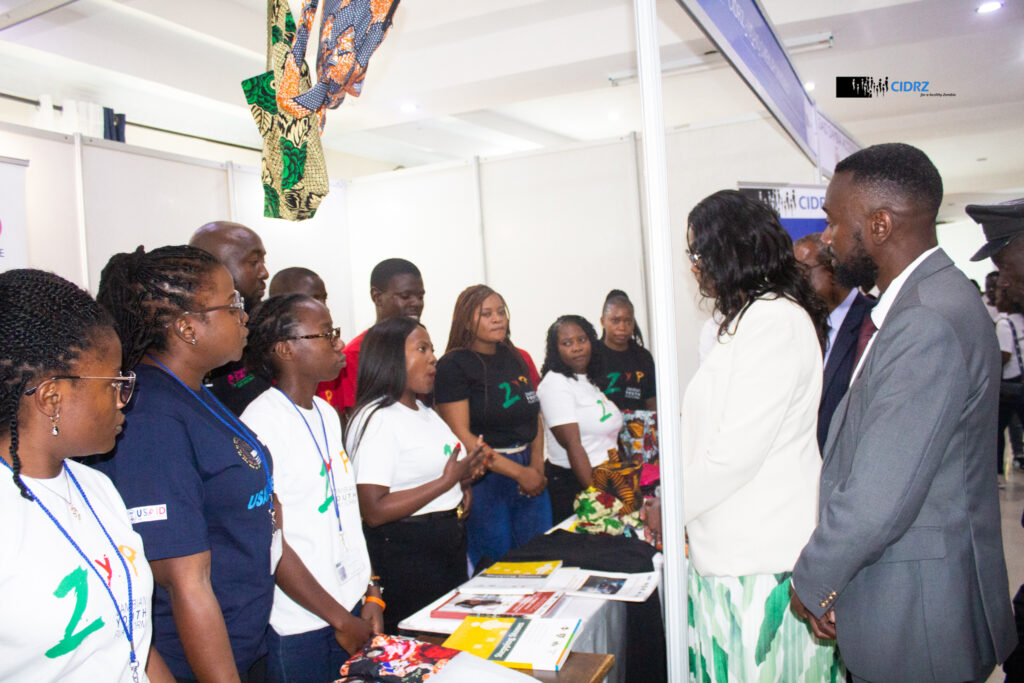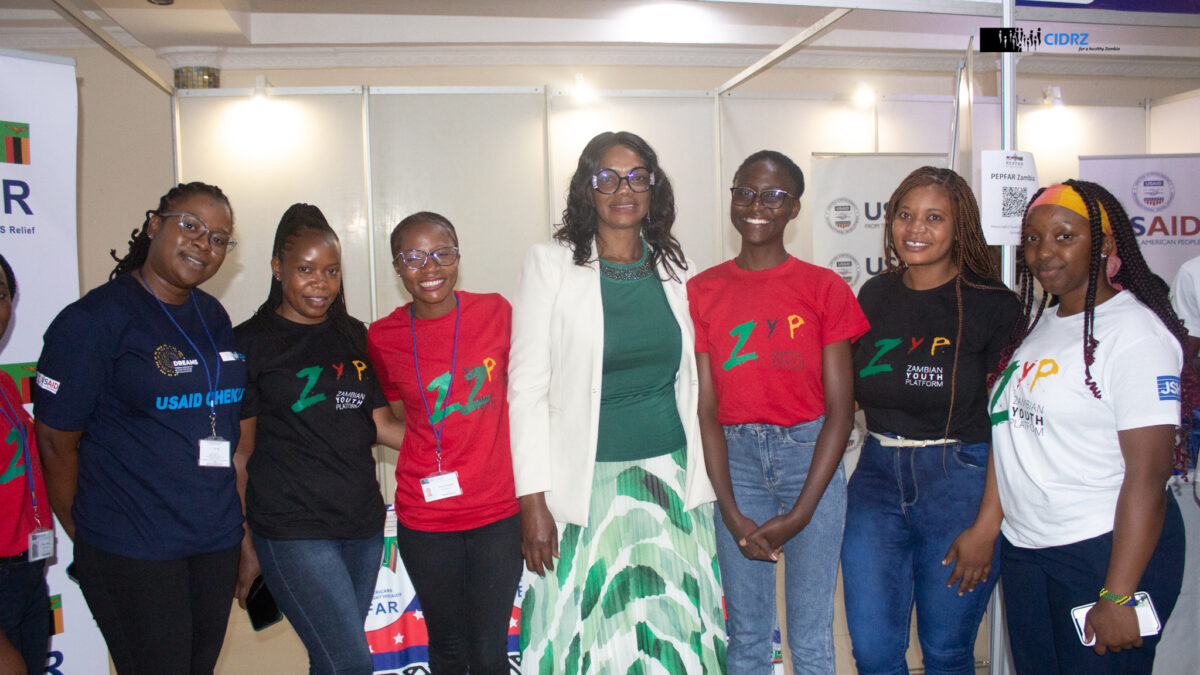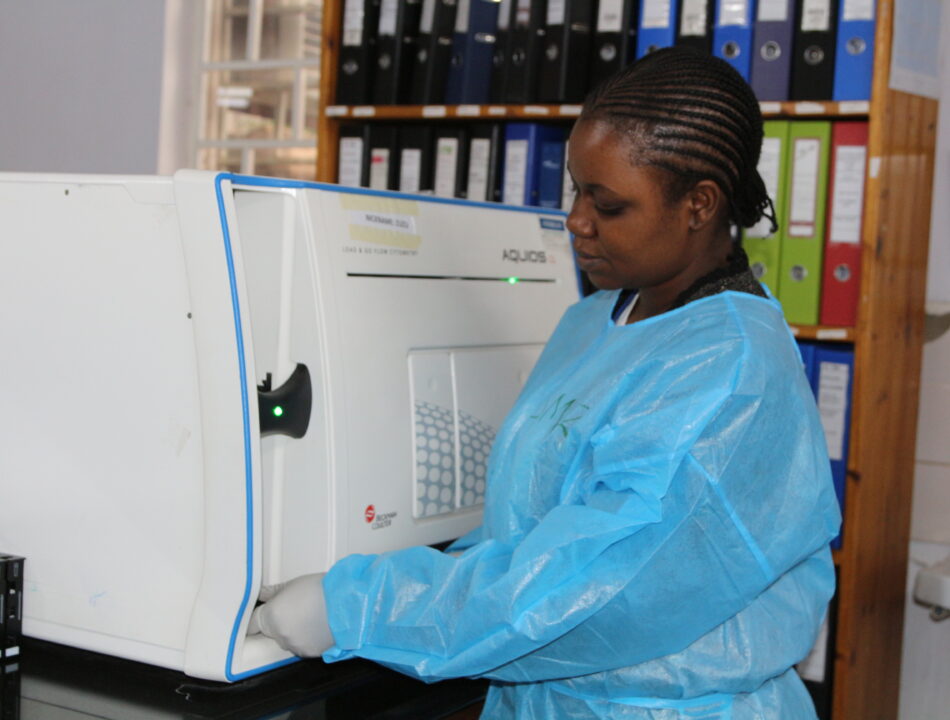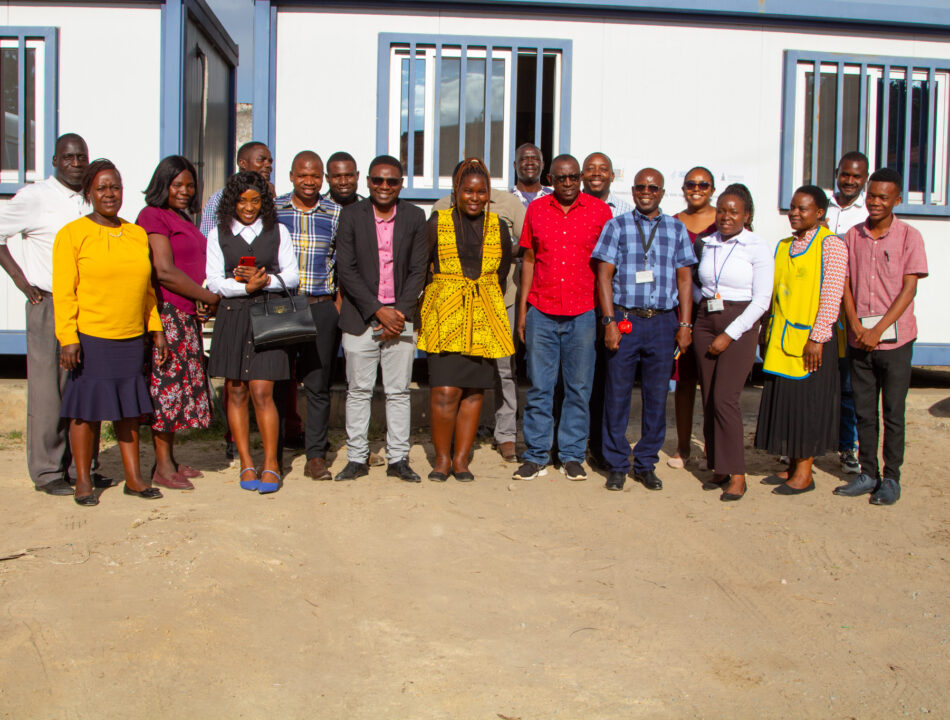- HOME
- ABOUT
- AREA OF FOCUS
- Research
- Enteric diseases & HIV vaccine Research unit
- HIV prevention, care & treatment
- Implementation Science
- Paediatric prevention care & treatment
- Vulnerable Children & Adolescent Health
- Tuberculosis
- Prison’s Health
- Social & Behavioral studies
- New Born & Women’s health
- Primary care and health systems strengthening
- Mental Health
- Hepatitis
- SUPPORT UNITS
- MEDIA
- TRAINING
- TOOLKITS
- Taskpen Toolkit
- Human Infection Studies (HIS)
- Menstrual Hygiene Management (MHM)
- Better Information for Health in Zambia Toolkit – 2017
- CommART Toolkit
- Operation Triple Zero Plus – HIV Literacy Package for Adolescents
- TASKPEN CLINICAL GUIDELINES :Protocols for the Integrated Management of Cardiometabolic conditions in Adult PLHIV
- JOBS
Youths urged to propose solutions to reduce high HIV infections.

TACKLING ANTIMICROBIAL RESISTANCE IN ZAMBIA
June 1, 2023
CIDRZ Proud-Z team members graduate as Psychological First Aid Trainers and Providers.
June 22, 2023Youths from Eastern and Southern Africa converged in Lusaka, Zambia, for a three-day Regional Adolescents Health Indaba under the theme, “Closing the tap of new HIV infections through meaningful youth engagement, innovation and leadership”. The Indaba was held from May 31 to June 2nd.
Speaking during the official opening of the Indaba, Minister of Health, Hon. Silvia Masebo, urged the youths to utilise the platform and raise issues affecting them and to propose solutions that would help reduce the high HIV transmission rates among them.
Ms Masebo directed that future similar meetings in the country be cascaded to the provincial level to solicit input from adolescents living in other provinces and districts outside Lusaka. “It is because we believe that all adolescents, including rural youths, should be part and parcel of the conversation around the adolescent health agenda and Zambia’s vision 2030.” Ms. Masebo said.
UNAIDS and Zambia National AIDS Council (NAC) joined in re-emphasising the need for the youths in the region to direct their energies and enthusiasm towards finding multisectoral and multidisciplinary solutions to address the challenges of high infection rates among the youths regionally and in-country. NAC Acting Director General Professor Lloyd Mulenga said Zambia recorded about 28,000 new HIV infections every year, with young people below the age of 30 accounting for 50% of that number. At the same time, UNAIDS indicated that the Eastern and Southern African regions were the most HIV-affected regions of the world.
Speaking at the same event, PEPFAR Country Coordinator Ms Emily Burrows disclosed that PEPFAR, which has in the last 20 years committed over $6.7 billion towards HIV response to the Zambian government, shall focus more on policies and programs that address the needs of adolescents and young people as well as closing the gaps for children and key populations in the next two years.
The USAID-funded Controlling HIV Epidemic for Key and Underserved Populations (CHEKUP) I Project, implemented by CIDRZ, was among the participants at the conference. Chief of Party Dr Maurice Musheke expressed happiness that CIDRZ continues to apply immense efforts in addressing the challenges faced by adolescents and youths to access preventive health services in the communities.
“By taking the facilities like DREAMS centres at their doorsteps within the communities where youths can freely interact with health care providers, access information, and receive various empowerment skills through our initiatives, we are helping to curb the bigger problem affecting most youths in the country”, he said.
The Ministry of Health recently launched the National Adolescent Health Strategic Plan 2022-2026, which outlines strategies to address young people’s health challenges.
